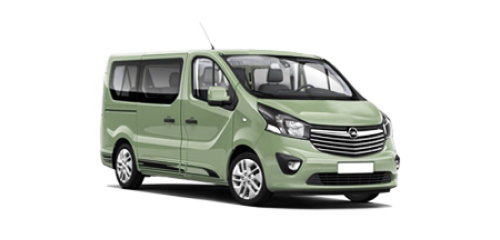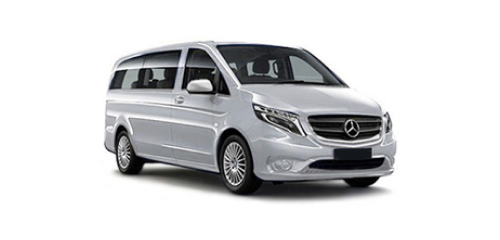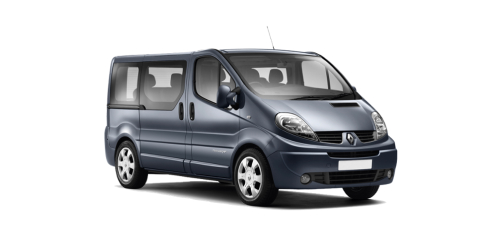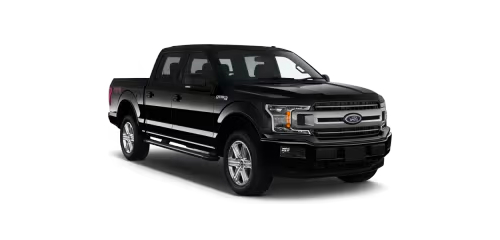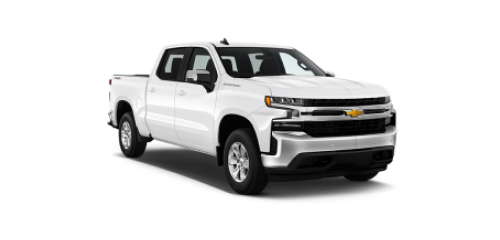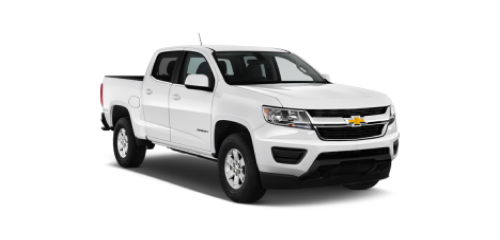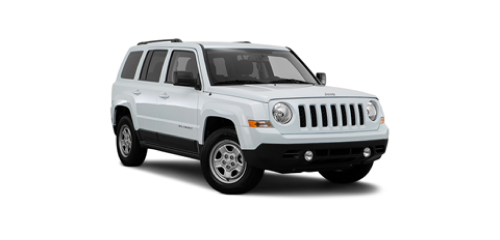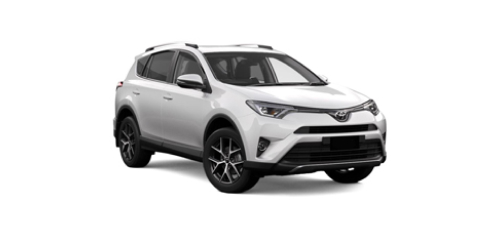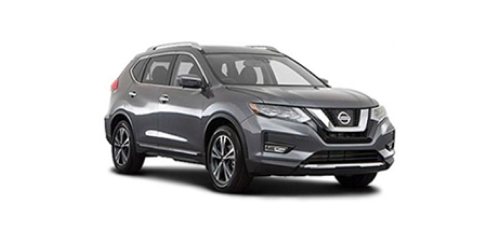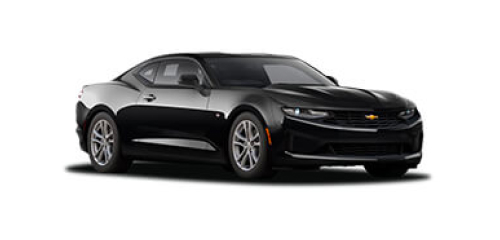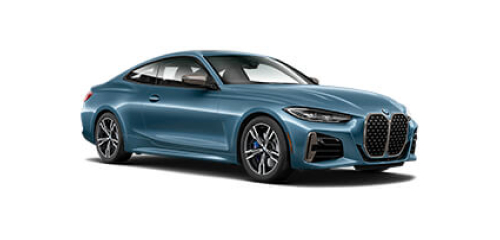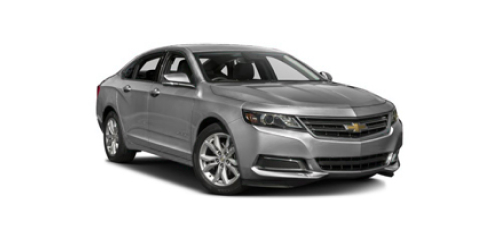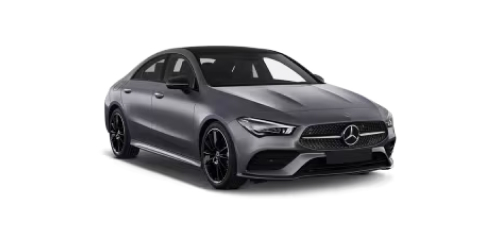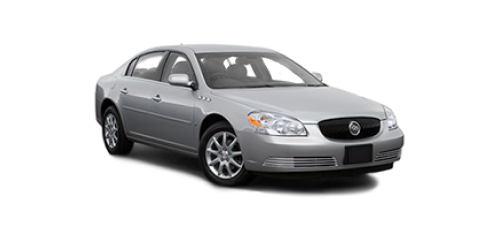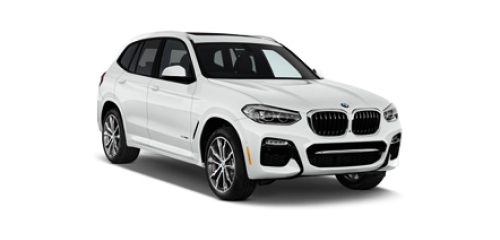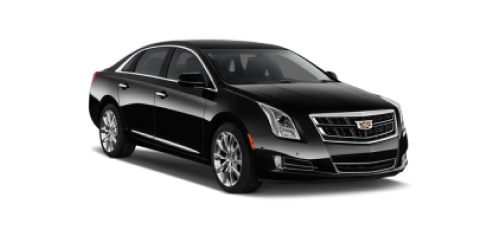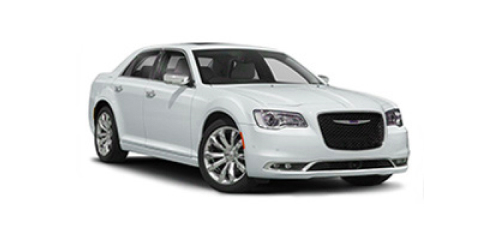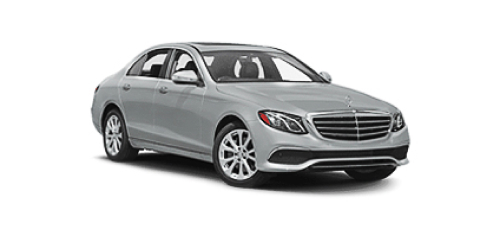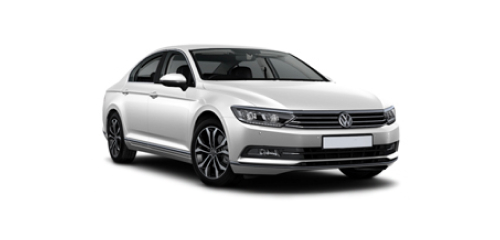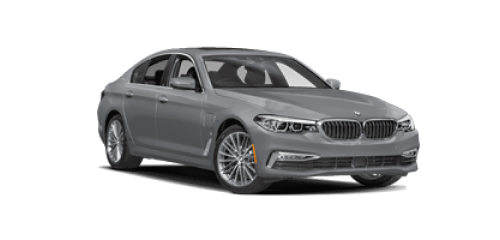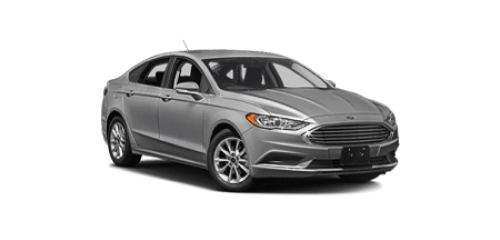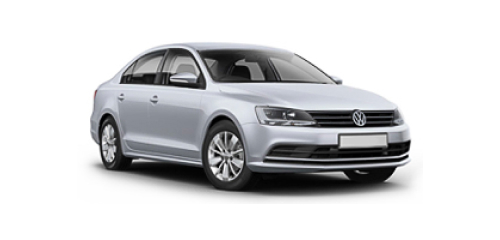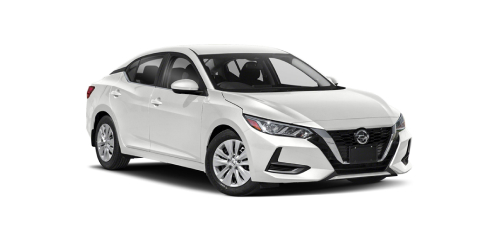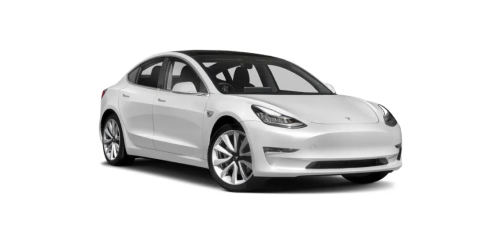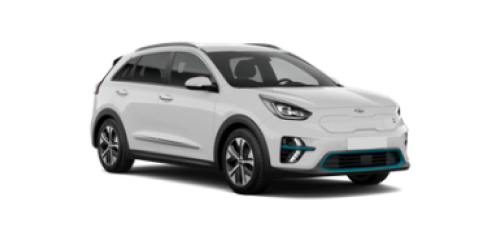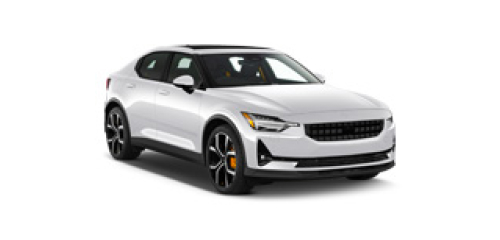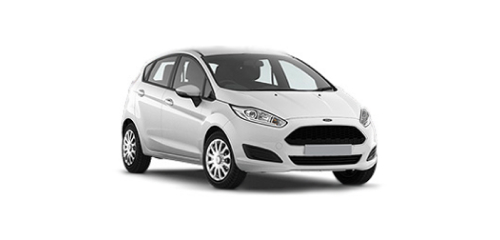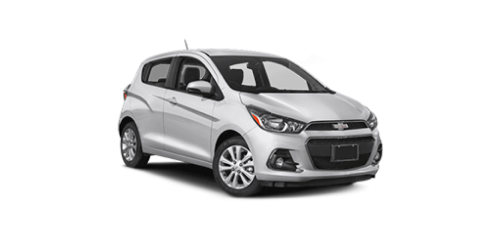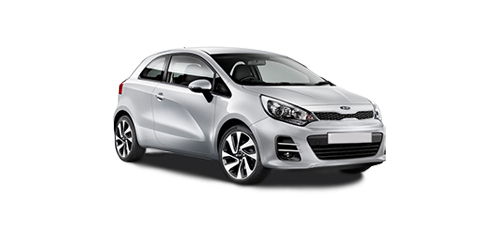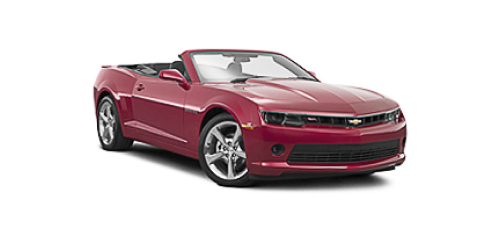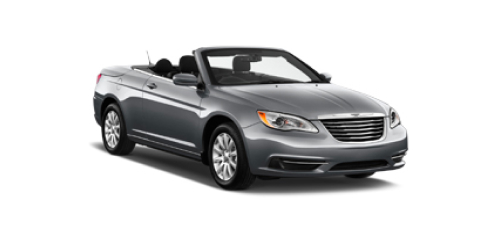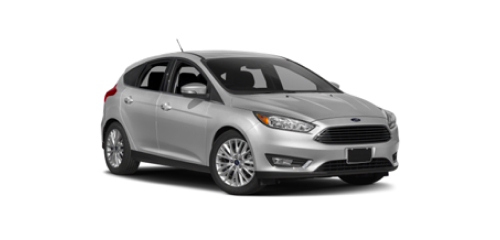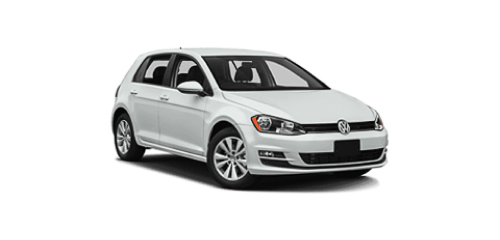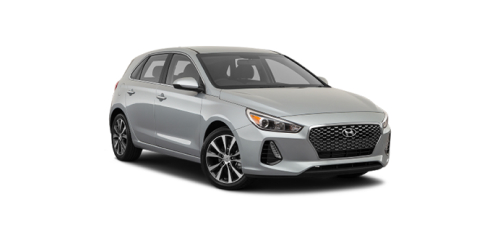
Car rental in United Kingdom
- Secured payment guarantee
- 4 million users
- Multi-language support
- Booking of any class cars
- 600 providers worldwide

Tips when renting a car in the United Kingdom
- Age, licence and documentation: you must be at least 23 in the UK and have had your licence for at least 1 year; however, many rental companies have a strict no under-25’s policy, and some suppliers allow drivers from age 21 in certain vehicle classes. Non-UK residents may also need an International Driving Permit, particularly if their licence has unrecognisable characters or script.
- Insurance and excess cover: basic rental usually, but not always, includes Collision Damage Waiver (CDW) and Theft Protection (TP). Independent excess insurance can often be cheaper compared to desk offers.
- Fuel policy: ‘Full-to-full’ (same-to-same) is the most common policy; ‘full-to-empty’ often results in inflated charges.
- Location and booking strategy: airport hires include premium surcharges; using off-airport locations and shuttles can slash prices significantly. Book early and watch for price drops, as some sites allow free cancel-and-rebook to take advantage.
- Inspect, document, and dispute: do a detailed walkaround and check the bodywork, tyres, lights, and equipment. Photograph all existing damage and note on the rental form. On return, photograph again and get a signed checkout record to guard against post-return disputes.
- Road etiquette: drive on the left and beware of roundabouts - give way to the right.
- Car type: opt for a small car for easier parking and narrow roads.
- Hidden charges: watch for Congestion Charges in cities like London.
Driving tips in the United Kingdom
- Drive on the left and overtake on the right.
- Roundabouts are common – give way to traffic coming from the right.
- Flash your headlights as a polite signal (e.g., to let someone pass), not as aggression.
- Horn use is rare; only use in case of emergencies or warnings.
- Stay in the left lane on motorways unless overtaking and don’t hog the middle lane. UK motorway hard shoulders are only for emergencies, unless part of a “smart motorway” scheme.
- Use parking apps like RingGo or JustPark to find/pay for legal spots.
- Avoid yellow lines: single = time-limited, double = no parking anytime.
- Popular fuel stations: Shell, BP, Esso, Tesco (supermarkets are often cheaper).
- Keep your licence, rental papers, and insurance with you at all times.
- Driving while holding a smartphone or sat-nav in hand is illegal—£200 fine + 6 points. Your sat-nav must be in a proper holder within clear view.
Speed limits
In the UK, speed limits are typically 30 mph (48 km/h) in built-up areas, 60 mph (96 km/h) on single carriageways, and 70 mph (112 km/h) on dual carriageways and motorways. Always watch for signs, as limits can vary based on local rules and road conditions. Be extra cautious in variable limits zones like smart motorways where speed changes dynamically.
Road signs
UK road signs follow international standards and are usually clear and well-placed. They’re primarily in English and use symbols for quick understanding.
Colour & shape conventions
- Circular red-bordered: prohibitions (e.g. no entry, no vehicles).
- Blue circles: mandatory instructions (e.g. minimum speed).
- Triangles: warnings (e.g. junction ahead, steep hill, animal crossing).
- Yellow: temporary restrictions (e.g. roadworks).
Metric vs Imperial
Distances are in miles, not kilometres. It’s common to misinterpret distances on motorways and junction signs. Road signs in the UK are in MPH (miles per hour), not KPH (kilometres per hour).
Tolls and restricted zones
While the UK has relatively few toll roads, you’ll encounter charges on some bridges, tunnels, and private motorways, such as the Dartford Crossing and the M6 Toll. Payments are often cashless and must be made online in advance or shortly after use, as some routes lack on-site payment options. ANPR cameras will bill registered owners. With rental cars, fines plus administrative fees are passed to you, and non-payment is costly.
In major cities like London, Oxford, and Bath, there are Congestion Charges, Ultra Low Emission Zones (ULEZ), and Low Traffic Neighborhoods (LTNs). The London Congestion Charge is £15/day (Mon–Fri, 7–18h), paid via TfL site or auto pay. Driving into these areas without registration or payment can result in hefty fines. Zones are clearly marked with signs, and you should always plan your route ahead and check whether your rental car is compliant.
Discover the United Kingdom by car
The United Kingdom is made up of four nations - England, Scotland, Wales, and Northern Ireland, with each nation offering its own landscapes, accents, and traditions. Having a rental car is beneficial as it allows you to discover hidden gems that aren’t well-serviced by public transport, such as the Lake District fells, Severn Valley, the Yorkshire Dales and the Cornwall coastline. A rental car thus gives you the freedom to explore Edinburgh’s castles, the Welsh coastlines, the Northern Irish cliffs, and English countryside villages at your own pace.
When to Visit
The best time to travel is between June and September, when the weather is mild and the days are long. That being said, having a rain jacket is always a smart idea, since British weather is famously unpredictable. Travelling during the winter will allow you to enjoy some off-peak prices, but some of the smaller roads may be susceptible to black ice coverage, which makes for difficult driving conditions.
Languages & Communication
While English is the official language, you may hear Welsh, Scottish Gaelic (Scots), or Irish (Gaelige) in various regions. The UK is multilingual, and some locals speak or understand French, German, or Spanish, especially in touristy areas.
Currency & Payments
The UK uses the British Pound (£). Credit and debit cards are widely accepted, even in taxis and parking meters. ATMs are easy to find, and while Scottish or Northern Irish banknotes are legal across the UK, some shops in England and Wales may hesitate to accept them. Fortunately, the banks will exchange them without issue.
Top driving routes in the United Kingdom
- North Coast 500 (Scotland) – Spectacular coastlines, castles such as Dunrobin and seasonal single-track rural roads requiring passing places.
- Cotswolds A44/A429 – Historic villages like Bourton‑on‑the‑Water, country pubs and rolling meadows.
- Wales Coastal A487 – From Aberystwyth to Cardigan; stops at Cardigan Castle, Porthgain.
- Lake District circuit – Windermere, Keswick, Ullswater; minor roads offer dramatic mountain ascents like the Kirkstone Pass.
- Causeway Coastal Route (Northern Ireland) – Giant’s Causeway and Carrick-a-Rede bridge via rental car and ferry crossings.
- Cornwall’s B3306 romantic route – From St Ives to St Just along rugged Atlantic cliffs.
Explore popular cities with our best car rental in United Kingdom
Experience the top locations with cheap car rental in United Kingdom
Discover the cheapest car rental in United Kingdom
* Disclaimer: Prices displayed may not reflect today's rates.





























